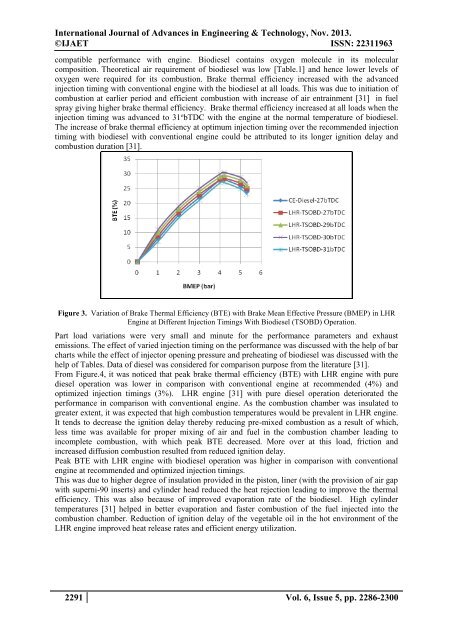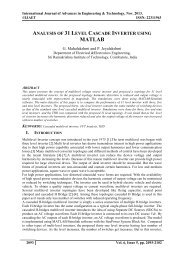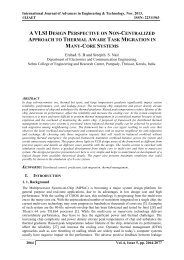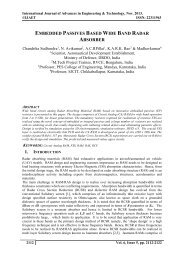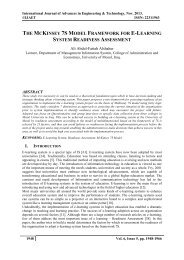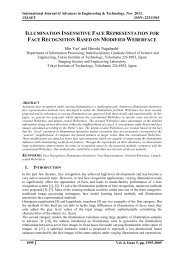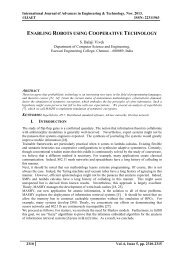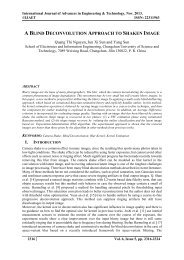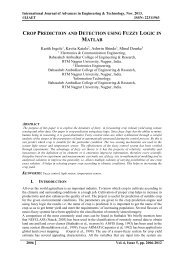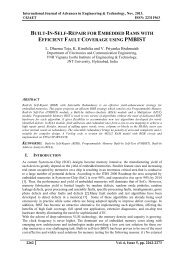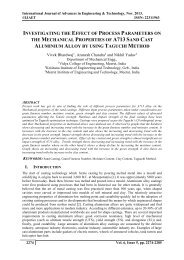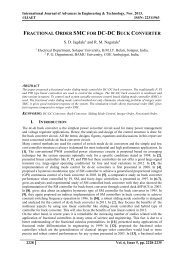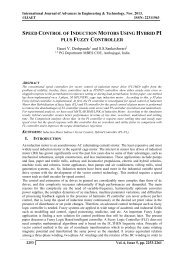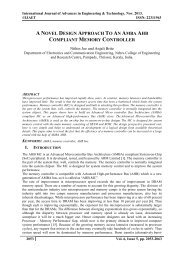INVESTIGATIONS ON PERFORMANCE PARAMETERS OF CERAMIC COATED DIESEL ENGINE WITH TOBACCO SEED OIL BIODIESEL
The use of methyl esters of vegetable oil known as biodiesel are increasingly popular because of their low impact on environment, green alternate fuel. Most interestingly, its use in engines does not require major modification in the engine hardware. Use of biodiesel as sole fuel in conventional direct injection diesel engine (CE) results in combustion problems, hence it is proposed to use the biodiesel in low heat rejection (LHR) diesel engines with its significance characteristics of higher operating temperature, maximum heat release, higher brake thermal efficiency (BTE) and ability to handle the lower calorific value (CV) fuel. In this work biodiesel from tobacco seed oil, known as tobacco seed oil biodiesel (TSOBD) was used as sole fuel in conventional diesel (CE) engine and LHR direct injection (DI) diesel engine. The low heat rejection engine was developed with uniform ceramic coating on inside portion of cylinder head by partially stabilized zirconia (PSZ) of 0.5 mm thickness. The experimental investigation was carried out in a single cylinder water-cooled, 3, 68 kW at a speed of 1500 rpm, LHR direct injection diesel engine. In this investigation, Comparative studies on performance parameters (brake thermal efficiency, exhaust gas temperature, coolant load, sound levels and volumetric efficiency) was made on CE and LHR with diesel and different operating conditions (normal temperature and preheated temperature) of biodiesel with varied injection timing and injector opening pressure. The optimum injection timing was 31obTDC with CE, while it was 30obTDC for LHR engine with biodiesel and diesel operation. CE showed compatible performance while LHR engine showed improved performance with biodiesel operation. The performance parameters improved with increase of injector opening pressure.
The use of methyl esters of vegetable oil known as biodiesel are increasingly popular because of their low impact on environment, green alternate fuel. Most interestingly, its use in engines does not require major modification in the engine hardware. Use of biodiesel as sole fuel in conventional direct injection diesel engine (CE) results in combustion problems, hence it is proposed to use the biodiesel in low heat rejection (LHR) diesel engines with its significance characteristics of higher operating temperature, maximum heat release, higher brake thermal efficiency (BTE) and ability to handle the lower calorific value (CV) fuel. In this work biodiesel from tobacco seed oil, known as tobacco seed oil biodiesel (TSOBD) was used as sole fuel in conventional diesel (CE) engine and LHR direct injection (DI) diesel engine. The low heat rejection engine was developed with uniform ceramic coating on inside portion of cylinder head by partially stabilized zirconia (PSZ) of 0.5 mm thickness. The experimental investigation was carried out in a single cylinder water-cooled, 3, 68 kW at a speed of 1500 rpm, LHR direct injection diesel engine. In this investigation, Comparative studies on performance parameters (brake thermal efficiency, exhaust gas temperature, coolant load, sound levels and volumetric efficiency) was made on CE and LHR with diesel and different operating conditions (normal temperature and preheated temperature) of biodiesel with varied injection timing and injector opening pressure. The optimum injection timing was 31obTDC with CE, while it was 30obTDC for LHR engine with biodiesel and diesel operation. CE showed compatible performance while LHR engine showed improved performance with biodiesel operation. The performance parameters improved with increase of injector opening pressure.
You also want an ePaper? Increase the reach of your titles
YUMPU automatically turns print PDFs into web optimized ePapers that Google loves.
International Journal of Advances in Engineering & Technology, Nov. 2013.<br />
©IJAET ISSN: 22311963<br />
compatible performance with engine. Biodiesel contains oxygen molecule in its molecular<br />
composition. Theoretical air requirement of biodiesel was low [Table.1] and hence lower levels of<br />
oxygen were required for its combustion. Brake thermal efficiency increased with the advanced<br />
injection timing with conventional engine with the biodiesel at all loads. This was due to initiation of<br />
combustion at earlier period and efficient combustion with increase of air entrainment [31] in fuel<br />
spray giving higher brake thermal efficiency. Brake thermal efficiency increased at all loads when the<br />
injection timing was advanced to 31 o bTDC with the engine at the normal temperature of biodiesel.<br />
The increase of brake thermal efficiency at optimum injection timing over the recommended injection<br />
timing with biodiesel with conventional engine could be attributed to its longer ignition delay and<br />
combustion duration [31].<br />
Figure 3. Variation of Brake Thermal Efficiency (BTE) with Brake Mean Effective Pressure (BMEP) in LHR<br />
Engine at Different Injection Timings With Biodiesel (TSOBD) Operation.<br />
Part load variations were very small and minute for the performance parameters and exhaust<br />
emissions. The effect of varied injection timing on the performance was discussed with the help of bar<br />
charts while the effect of injector opening pressure and preheating of biodiesel was discussed with the<br />
help of Tables. Data of diesel was considered for comparison purpose from the literature [31].<br />
From Figure.4, it was noticed that peak brake thermal efficiency (BTE) with LHR engine with pure<br />
diesel operation was lower in comparison with conventional engine at recommended (4%) and<br />
optimized injection timings (3%). LHR engine [31] with pure diesel operation deteriorated the<br />
performance in comparison with conventional engine. As the combustion chamber was insulated to<br />
greater extent, it was expected that high combustion temperatures would be prevalent in LHR engine.<br />
It tends to decrease the ignition delay thereby reducing pre-mixed combustion as a result of which,<br />
less time was available for proper mixing of air and fuel in the combustion chamber leading to<br />
incomplete combustion, with which peak BTE decreased. More over at this load, friction and<br />
increased diffusion combustion resulted from reduced ignition delay.<br />
Peak BTE with LHR engine with biodiesel operation was higher in comparison with conventional<br />
engine at recommended and optimized injection timings.<br />
This was due to higher degree of insulation provided in the piston, liner (with the provision of air gap<br />
with superni-90 inserts) and cylinder head reduced the heat rejection leading to improve the thermal<br />
efficiency. This was also because of improved evaporation rate of the biodiesel. High cylinder<br />
temperatures [31] helped in better evaporation and faster combustion of the fuel injected into the<br />
combustion chamber. Reduction of ignition delay of the vegetable oil in the hot environment of the<br />
LHR engine improved heat release rates and efficient energy utilization.<br />
2291 Vol. 6, Issue 5, pp. 2286-2300


